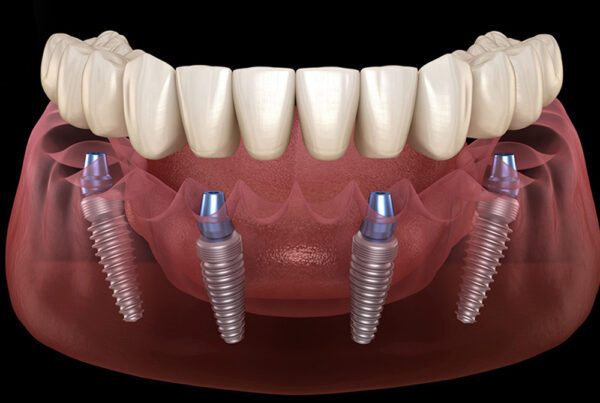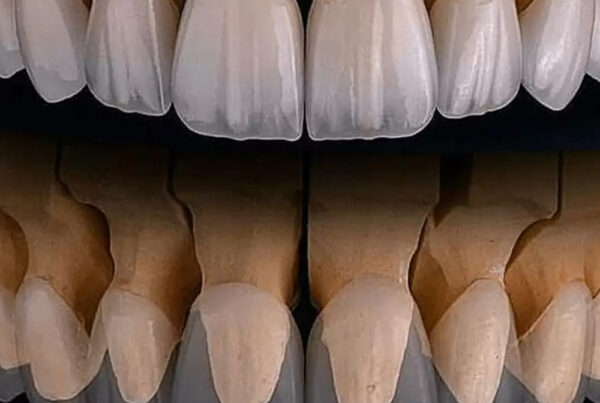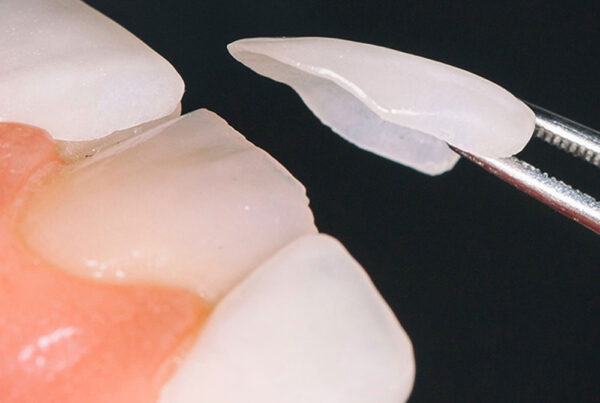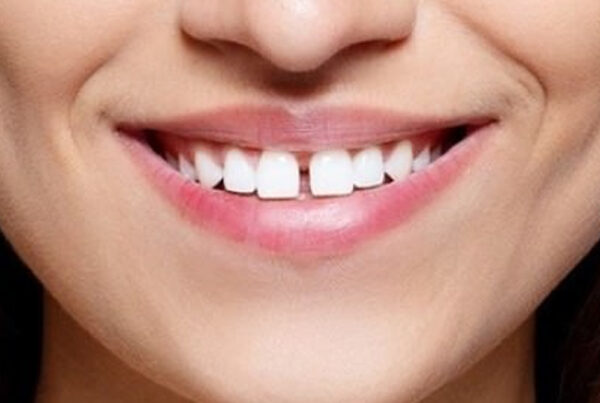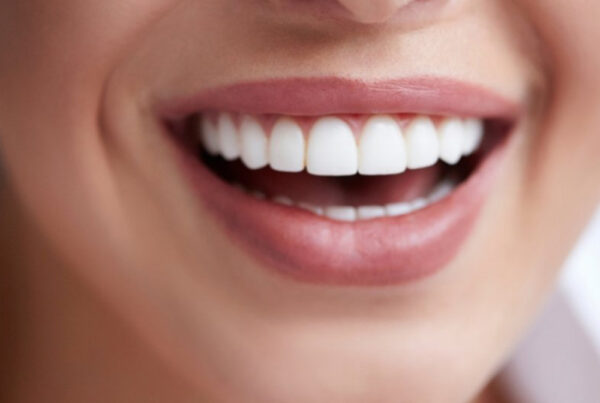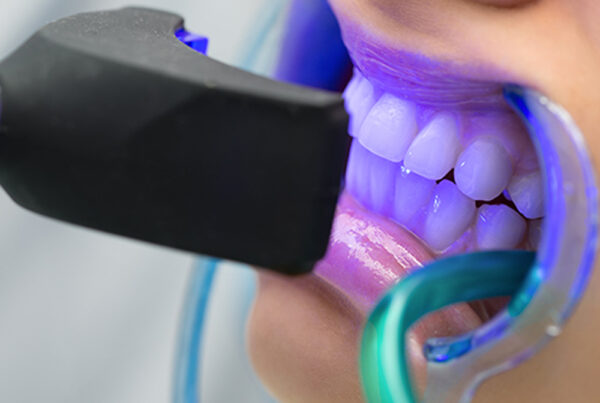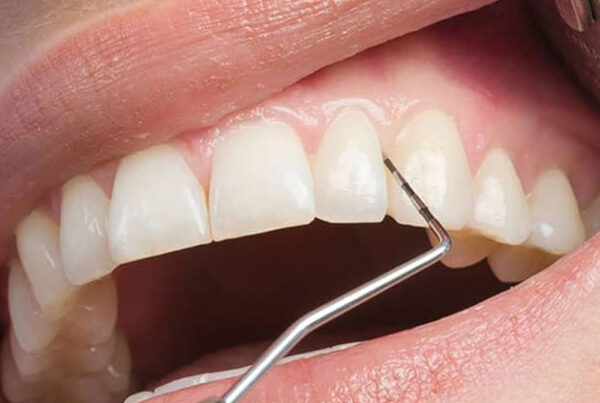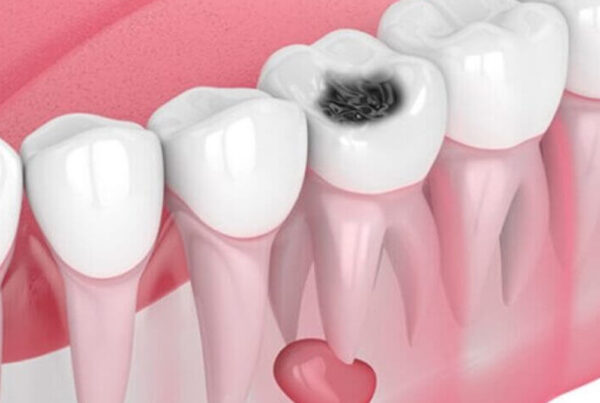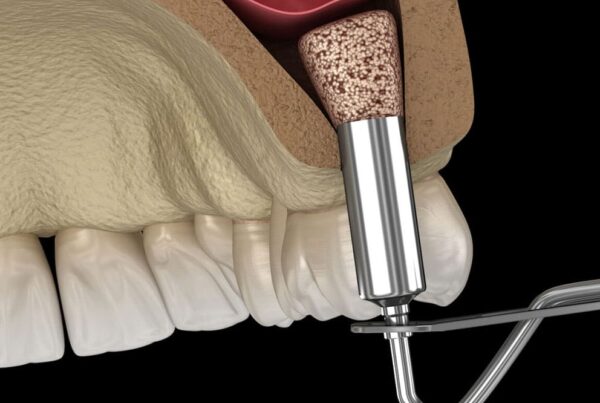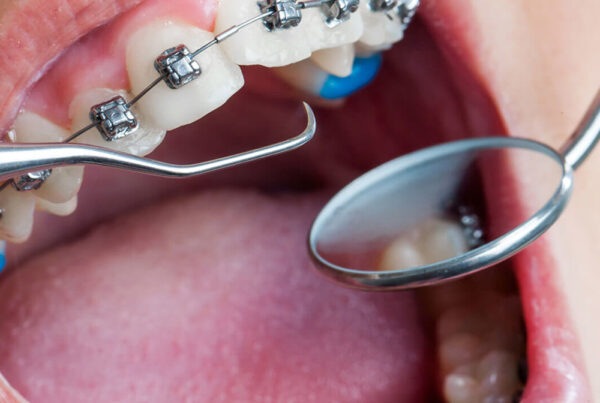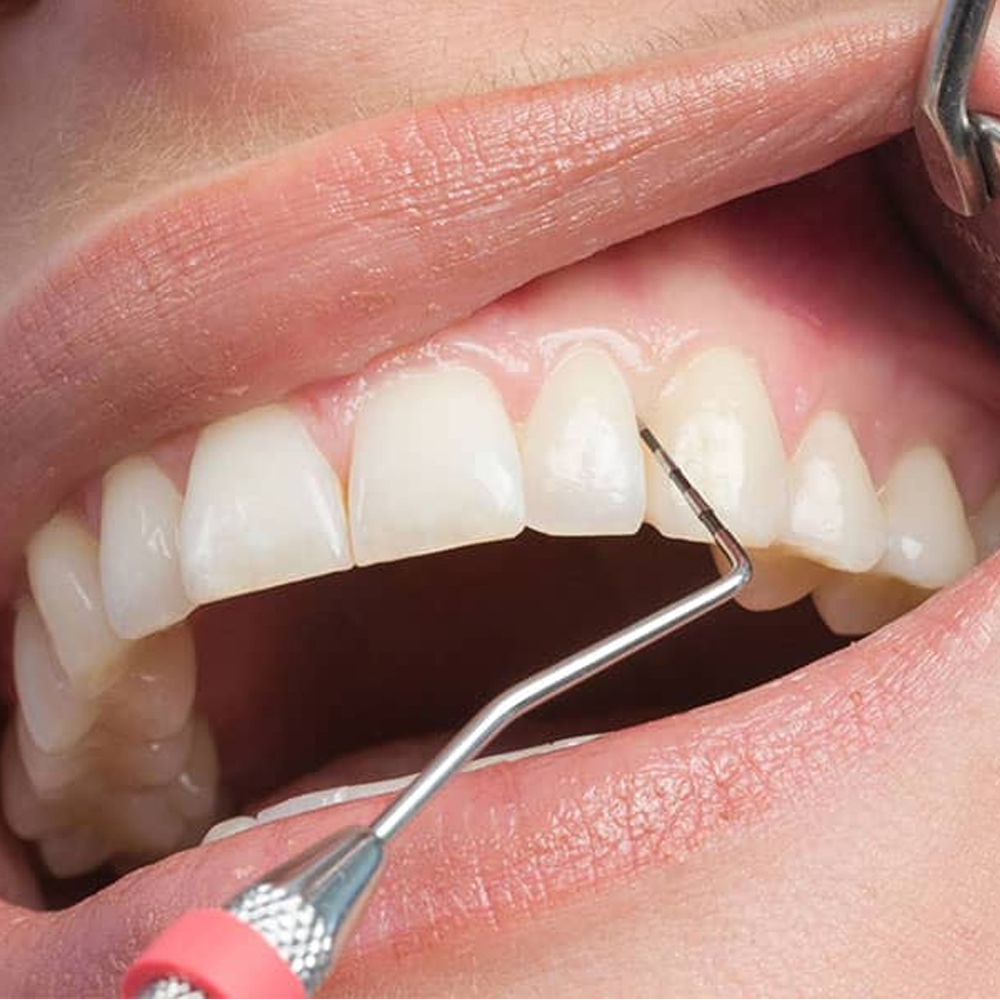
What is Periodontology?
Periodontology is a branch of dentistry that provides diagnosis and treatment of diseases of the tissues surrounding the teeth. The area of interest of this department includes gingivitis (enlargement and bleeding of the gums), gingival recession, scaling, periodontal diseases affecting soft and hard tissues.
Periodontology is the main branch of science dealing with the tissues surrounding the teeth, inflammatory diseases and their treatment.
The first symptom of periodontal diseases, which are common in the society, is bleeding in the gums. The gums are red, swollen and shiny. These symptoms are often accompanied by bad breath, itching and bleeding sensation in the gums and sensitivity in the teeth.
Periodontal diseases can affect people of all ages from childhood to old age with different severity. Most of the time, since the patient does not have any complaints such as pain, it can progress without symptoms. When the patient complains, healthy and decay-free teeth are lost due to the loss of supportive tissues.
Gingivitis (Periodontitis)
Periodontitis is an inflammatory disease characterized by the destruction of teeth and tooth-supporting tissues (periodontal ligament, cementum, alveolar bone). Gingivitis has progressed to the alveolar bone (jawbone). The main cause of periodontitis is bacterial plaque, which can be treated mechanically. However, genetic, environmental and systemic factors can also play a role in the development of the disease. Systemic factors include diabetes, cardiovascular diseases, epilepsy, Down syndrome, AIDS and blood diseases.
Diagnosis and treatment of gum disease (periodontal)
When dentists are suspicious about the general appearance of the gums, they measure the length of the gingival pocket between the tooth and the gum with an instrument called a ‘periodontal probe’. X-rays can also be taken to evaluate the bone tissue around the teeth. Thus, gum diseases are diagnosed.
The main aim of periodontal treatment is to keep unhealthy teeth in the mouth, which seems hopeless. Different treatment methods can be applied depending on the type and severity of the disease. These can be summarized as oral hygiene training, scaling, root surface smoothing, regenerative, reconstructive and mucogingival operations. At the same time, providing gingival aesthetics for individuals with a high smile line is also within the scope of periodontal treatment. The type and severity of the disease, the patient’s habits, the cooperation with the physician, the standard of oral hygiene directly affect the treatment planning and success.
Periodontal treatment is a dentistry service with the highest rate of patient satisfaction and definite results when early diagnosis and necessary interventions are made. It should not be forgotten that no restorative treatment can be applied to periodontally unhealthy teeth.






